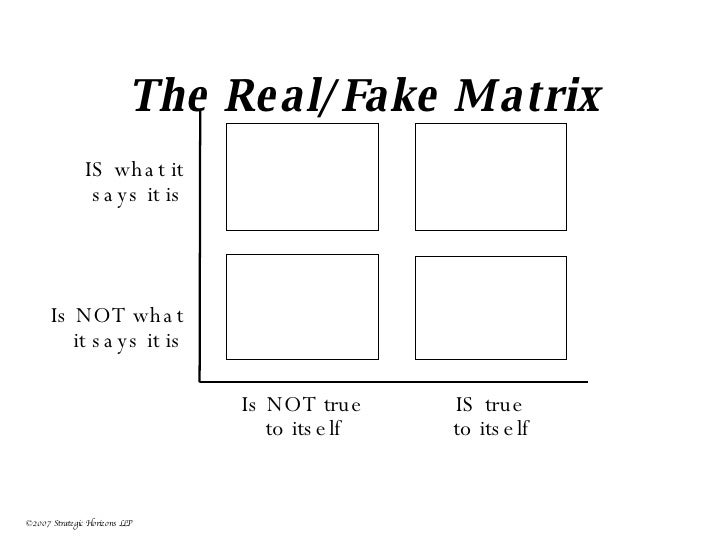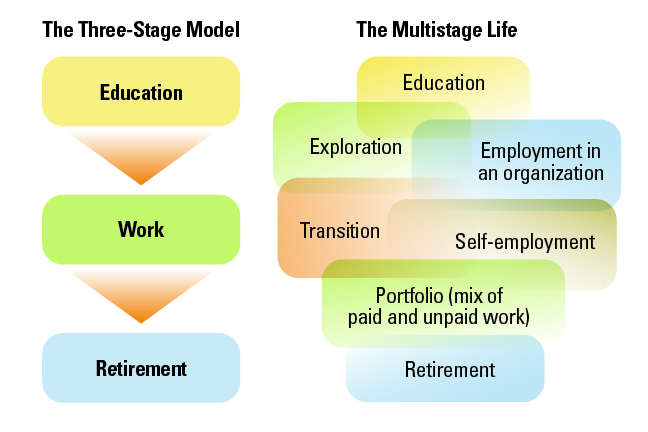“Remember, Your focus determines your reality.”
(Qui-Gon Jinn em "The Phantom Menace")
After "Why the Customer Isn't Always Right"
"Who is your right customer.
The right customer is one you are prepared to serve in every sense. It is the one you are targeting—not the other way around. You have the capability, you understand what the customer wants and needs, this is the customer around whom you have proactively designed your service offering, and a customer whose business you can realistically win—that is, win and serve profitably.
"Design is about decisions and trade-offs and therefore everything is designed.
...
"Positioning is the art of sacrifice, and it goes for selecting customers as well as defining brands." Selecting customers, like so many things, is both art and science. It is easier to define the customer experience—that is, the one you want your customer to have—than it is to define the customer, because odds are you have more than one right customer.
.
And it is easier to define your wrong customer than it is your right one: By definition. the customer who you are not designed to serve profitably is wrong for you.
...
One way to determine your right customer is to examine your most valuable customers.
...
The stats on retention are compelling: clearly, keeping customers matters. But there's a premise hidden behind those stats, and it might not be true: that all those customers are equally worth retaining.
...
companies focus too much on customer retention rather than deriving maximum value from the right customers."
"It is really important to understand who your valuable customers are, to find ways to enhance their value, extract it for your shareholders, and find more like them," he says. "Given that magical extra dollar, I want to spend it on acquiring great customers—premium customers [Moi ici: Never the power of Marn e Rosiello's numbers]—and keeping them happy. It is always tougher to change customer behavior than to find new customers similar to your misting top-buyer profiles."
Keeping nonpremium customers happy is fine as long as they remain profitable, [Moi ici: Never forget Stobachoof curve] but that is not where you should focus your efforts. There is a natural tension between staying focused on that sweet spot—the groups of customers for whom you are perfect and who am perfect for you—and the pursuit of growth. By focusing on customers with the greatest potential in terms of repeat purchases and large average transactions, marketing and customer service efforts (and costs) can be allocated where they matter most. Growth focused solely on building a larger customer base may be the wrong strategy. [Moi ici: I never forget my 2006 lesson]
Volume is VanityProfit is Sanity




























